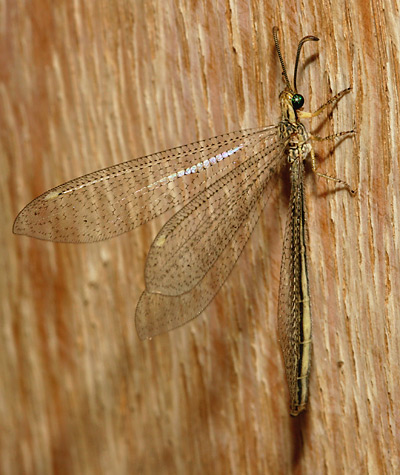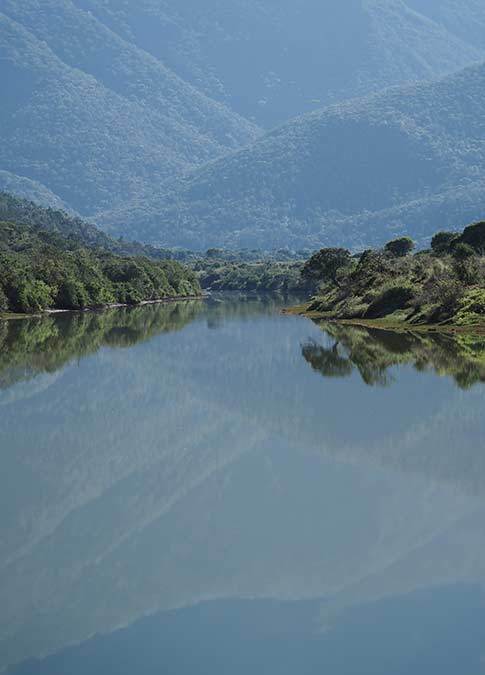Fishing for Lions
My mother-in-law used to tell the story of how, in July 1933, while motoring in what was then Rhodesia, a lion was attracted to the car, a two-seater Chevrolet with a dickie-seat.* Tied to the luggage rack at the back – one doesn’t see either dickie-seats or luggage racks at the back of cars any longer! – was an assortment of items all held on with pieces of good, strong string. Until a lion took an interest in it, the occupants were unaware that a lengthy end of string was trailing behind the car. As they drove off, having stopped to admire the handsome animal, so the lion got up and began to follow them. As the speed of the car increased, so did that of the lion. Only then did they realize that the lion, like some overgrown kitten, was chasing the string. Just when it seemed that they were travelling fast enough to leave the lion behind, it took one enormous bound, and a great, clawed foot swiped the back of the car. Somewhat alarmed, and thankful that no one was sitting in the dickie-seat, they pressed on, leaving the lion in the dust, swishing its tail back and forth in an irritated fashion. When at last they stopped to tie up the string they found the claw marks in the paintwork. The marks were not touched up after their return, but remained a treasured memento of an unusual occurrence: the day they nearly ‘hooked’ a lion.
Recently the first of the winter storms came roaring through from the west, and after the wind died down the rain fell and cascaded from the roof like the flow from some great waterfall. I was standing under the eaves waiting for the rain to subside when I noticed at my feet some small conical depressions. Here on the lee side of the house the sand close to the wall was still powder-dry and these neat little concavities were, I knew, the homes of ant-lion larvae. While I looked at them a stray ant happened upon them, and within moments of its crossing the rim of one, a small creature emerged from the bottom of the cone and fired a barrage of sand grains in the ant’s direction. Like a surfer on some gigantic wave the ant rode the crumbling mass of sand to the bottom, where it was grabbed by insatiable jaws, and pulled beneath the surface. The ant-lion, one of Africa’s most voracious hunters, claimed another victim.

Strangely, despite its great curved jaws, the mouth of an ant-lion larva is sealed, presumably so that it is not clogged by sand. A narrow channel runs along the inner edge of each jaw, and the juices from the victim pass along these to the pharynx. Likewise, as little of the food is wasted, the stomach too is blind. However, the larva does have an anus, and when it is fully grown it spins a cocoon, the silk oozing from this rear aperture. Two to three weeks later the creature emerges from the cocoon and struggles to the surface.

Ant-lions are found throughout South Africa in dry, sandy places, and even, like those I was watching, quite close to water if sheltered from the weather. Adult ant-lions may be large and showy, or small and clear winged, and at first glance resemble dragon-flies. However, if you look carefully you will notice that ant-lion antennae are robust and have knobs on the end, while those of dragon-flies are hardly visible. And when ant-lions perch they hold their wings parallel to their bodies, almost like a tent, but dragon-fly wings remain at right angles to the body. Dragon-flies are also far stronger fliers and are busy during the day. Ant-lions are more active at night, and we some times find them clustered around an outside light.
While watching the pits and looking out for any other ants that might appear I was reminded of my mother-in-law’s story of the lion attracted to the rope, and this in turn reminded me of how as a child, perhaps 70 years ago, I used to go fishing for lions – or rather ant-lions. Carefully selecting a slender, dry grass leave I stooped down and started to rub it gently around the rim of one of the conical pits. At the bottom of the apparently empty cone there was an immediate response: a dull grey head emerged and with a curious flicking action it began firing sand grains at the leaf. Trying my best to make the grass imitate the struggles of a small insect on the steep slope, I gradually brought the grass down to the bottom of the pit, but the ant-lion was not fooled, and disappeared beneath the surface. Several other attempts were also unsuccessful.
While lions are easily attracted to the lure, it seems that actually catching them is more difficult than initially seems to be the case.
*Dickie-seat: a seat situated in the boot of two-seater cars that enabled extra passengers to be carried, with the lid of the top-opening boot forming the back of the seat when open.









